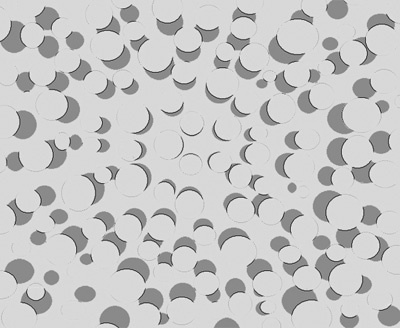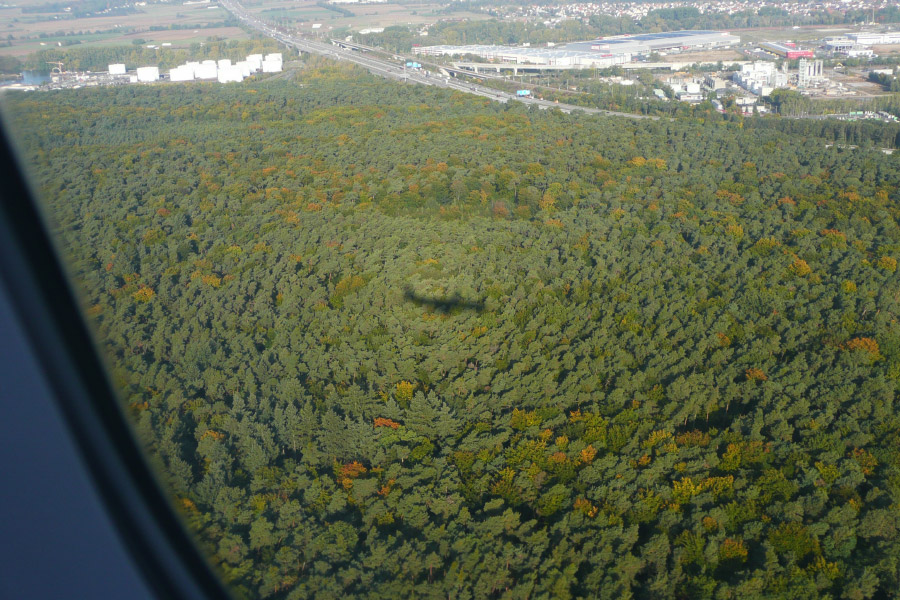Explanation
The opposition effect is related to the halo and therefore has a similar appearance. However, it is usually much weaker, so you have to look quite closely to discover it. Like the halo, the observer must have the sun at their back. A very low sun position (long shadows!) is favorable. Therefore, the opposition effect can be more easily observed in winter.
The opposition effect or "dry halo" (Minnaert) is essentially based on the fact that an object at the antisolar point hides its own shadow (English: shadow hiding). It can therefore also be observed on dry grass or from an airplane over forest areas. There is also a strip effect when light is reflected by vertical cylindrical objects such as tree trunks or straw stubbles. The opposition effect can be particularly well observed on sand, for example on the beach, on dirty roads, or on sandy park avenues. Some woods have resinous or waxy leaf coatings that can extremely enhance the opposition effect without water being involved.

Graphic of the Opposition Effect © Eva Seidenfaden
The graphic above is intended to illustrate the principle of the opposition effect: Each of the bright discs covers part of its own shadow, creating a brightening in the center.


